
Research
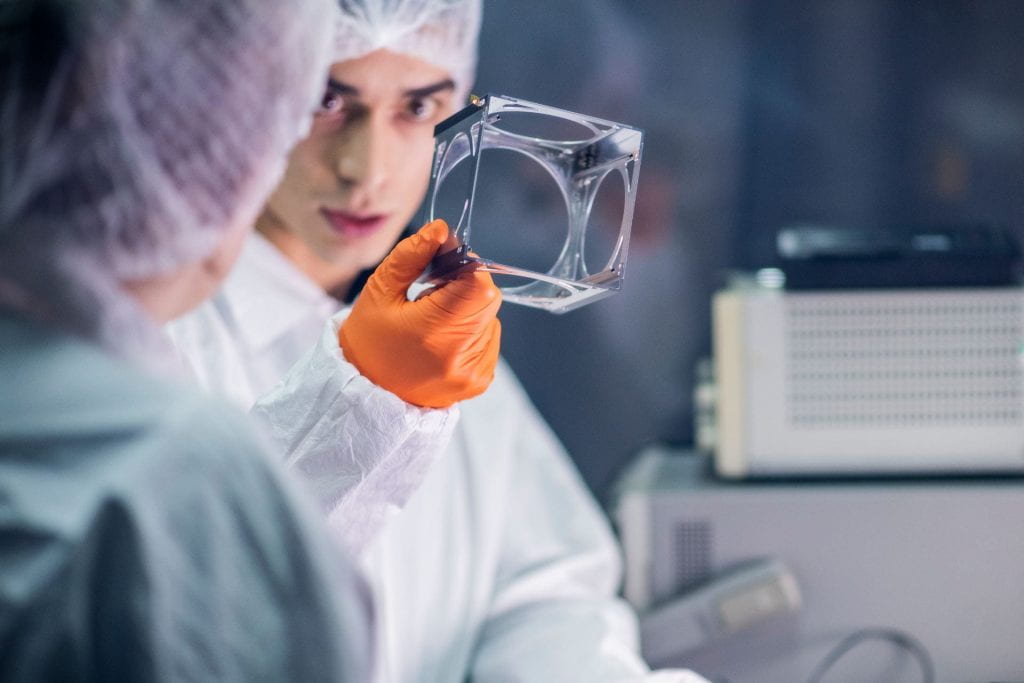
Spacecraft microvibrations and stable structures
Microvibration produced by the functioning of on board equipment (e.g. Reaction Wheel Assemblies, Cryocoolers, pointing mechanism etc), and propagating through the spacecraft structure can seriously degrade the performance of accurately targeted payloads (e.g. high resolution cameras or telescopes, interferometers etc.). Our work is in the modelling and control of microvibrations and in particular we carry out theoretical modelling of transmission (and control) supported by experimental verification activities and on-orbit validation.
In particular our researchers have expertise in tackling the following issues:
- Modelling and control of micro-vibrations which is theoretical modelling of the sources & transmission supported by experimental verification activities and on-orbit validation.
- Ultra-stable structures which are procedures to increase the stability of CFRP structures exposed to harsh environments.

Deployable optical structures
The performance of optical payloads is driven by the size of their optics and focal length. Further, small satellite platforms have significant constraints on volume, and multiple satellites must be accommodated in the fairing of a launcher for constellations.
Such requirements demand a reduction in the size of the instrument. For a typical Cassegrain configuration, the size of the assembly is dominated by the barrel, and for an optical baffle, it is the length of the baffle.
We are working in collaboration with NewSpace Systems and CSIRO to develop deployable optical payloads and baffles. We also have active research contracts with companies in Australia and Europe where we work on systems with size ranging from cubesat, to diameters of 400mm and baffle deployed length up to 1.8 m.

Correlation/validation of FEM and virtual shaker testing
The correlation and validation of Finite Element Models (FEM) against physical test results is particularly important in the space industry because the loads experienced by a satellite during launch can only be accurately predicted by analysing the FEM of the satellite coupled with that of the Launch Vehicle. Our research has focussed on:
- Representativeness of typical num-exp performance indicators (MAC, Cross-orthogonality check, FRAC, etc. used for FEM correlation and validation in the space industry
- Related work has tackled the issue of modelling the test facility, as this can couple with the test item (satellite) and it may produce discrepancies between numerical analysis and test results. Our researchers have been involved in developing a virtual testing methodology for vibration testing of spacecraft structures.FEM semi-automatic updates to improve correlation between FEM and physical test results.
- Improvement of testing procedures, with development of techniques aimed at avoiding over-testing for specific pieces of equipment mounted on satellites.
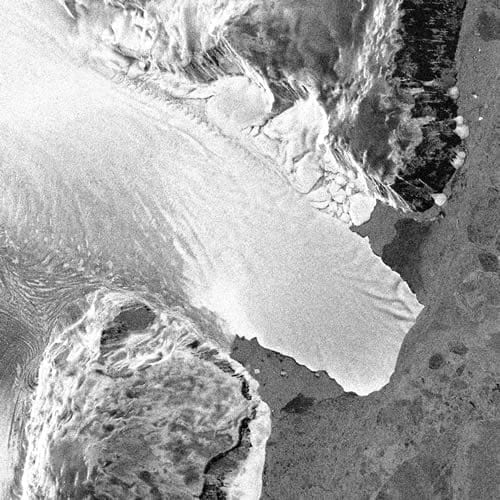
Synthetic aperture radar technology development
This project is developing the underlying science and technology needed to provide New Zealand with an overhead monitoring capability using space-based assets. Our academic staff have research funding from the Science for Technological Innovation National Science Challenge to develop novel miniature Synthetic Aperture Radar (SAR) hardware and software for small satellites.
A growing research group involves collaboration with Ministry of Business, Innovation and Employment (MBIE), Australian National University (ANU) and the German Aerospace Center (DLR).

Plasma micro-propulsion technology development
We are working with collaborators at the Space Physics, Plasma and Propulsion Laboratory at the Australian National Laboratory (ANU) and Stanford University, USA to develop and test novel miniature satellite electric propulsion systems. Our work includes improving the Technology Readiness Level of ANU’s Pocket Rocket to enable the first space flight of the propulsion system in a CubeSat. In conjunction with this work, we are investigating optimal flight trajectories for low delta-v thrust systems to enable interplanetary exploration with small satellites.
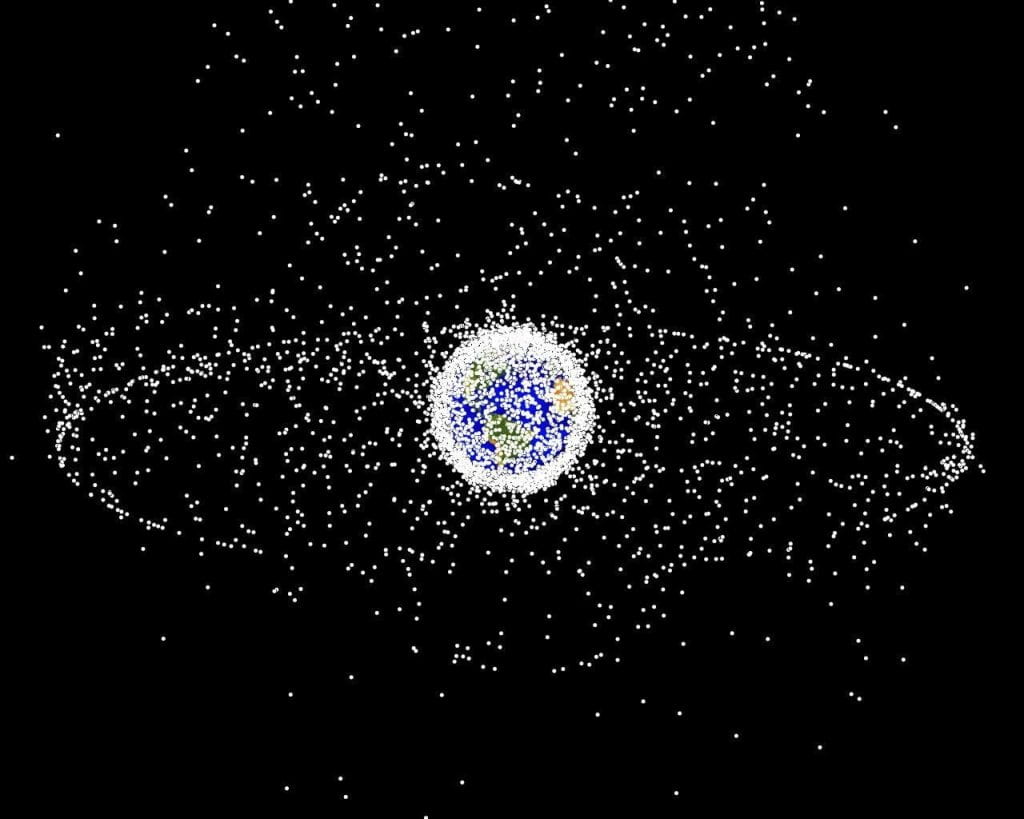
Space Situational Awareness
Untraced space debris is the principal threat to the functioning of operational satellites whose services have become a fundamental part of our daily life. Small debris between 1 and 10 cm are currently too small to be cataloged and are only detectable for a limited amount of time. Our research focusses on the data association problem both targeting single- and multi-frame methods and tackles the issue of extracting as much information as possible from a single observation to perform efficient correlations by developing high-order methods.
Current research interests include:
– Orbit determination and data association for optical and radar observations
– Maneuver detection algorithms
– Optimal tasking of observations
– Autonomous spacecraft operations (detect threat, take decision, design and execute collision avoidance maneuvers autonomously onboard)
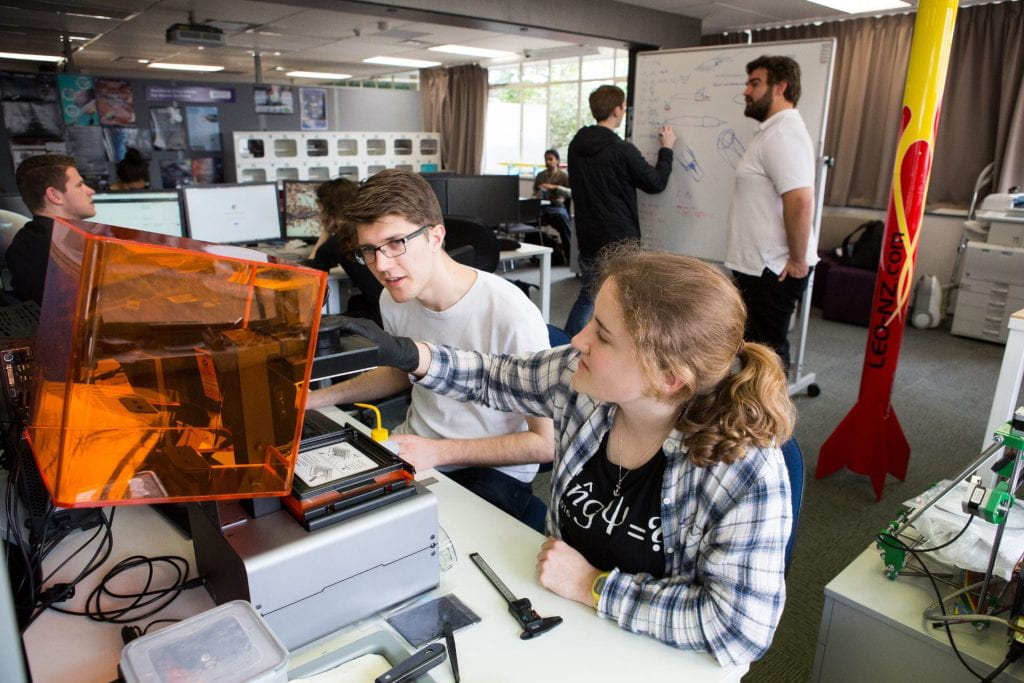
Materials science for sample return
Our researchers are leveraging existing national expertise in light-metals technology to develop new materials for ablation and thermal insulation, to enable satellite sample return missions. We are also developing micro-fluidics devices for chemical and biological processing in low Earth orbit.
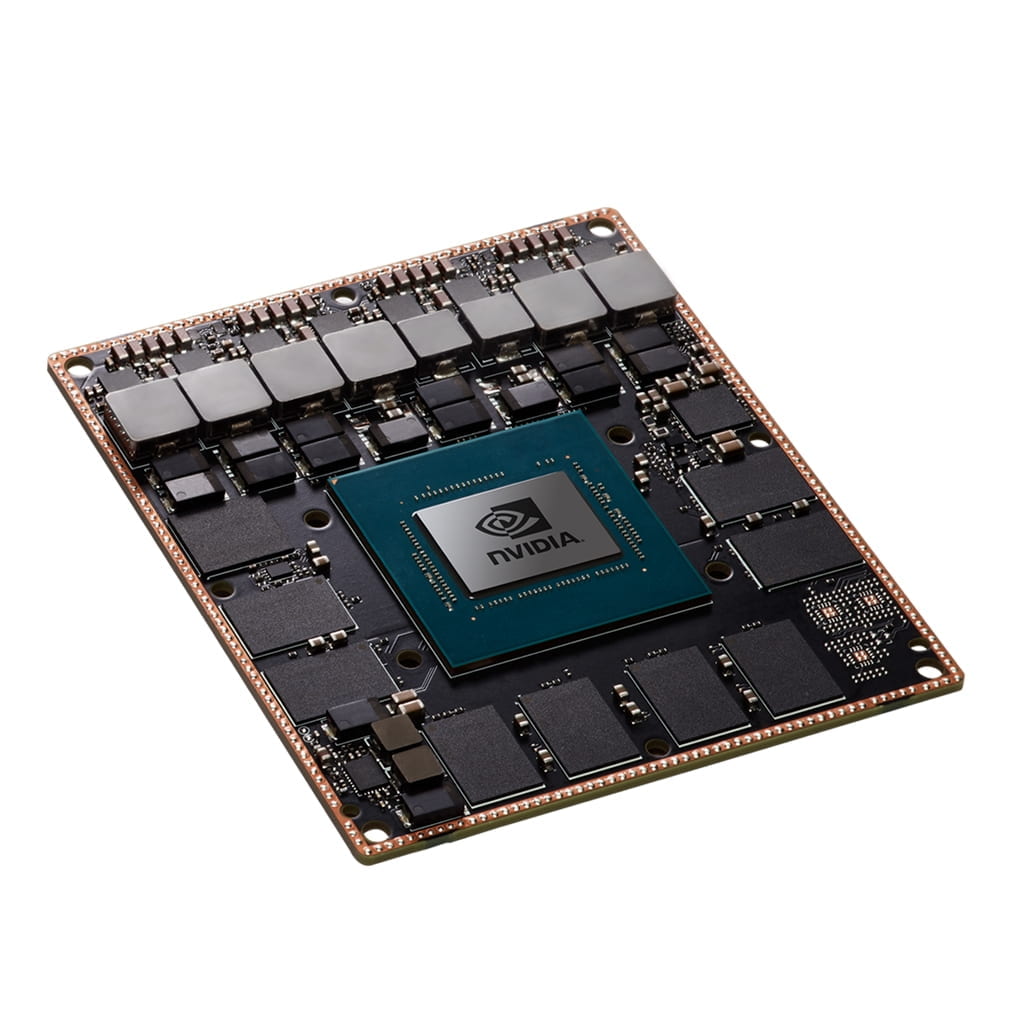
On-Orbit High Performance Computing
Current and proposed small satellite missions are limited by the amount of available on-board computer power. We are researching new technologies and techniques to enable small satellites to operate more sophisticated scientific payloads and analysing the collected data on board the spacecraft. This is in contrast to current practice which typically relies upon a full downlink of raw scientific data to a ground station for analysis on Earth. As part of this research, we are also investigating robust algorithms that will allow a small satellite to operate autonomously on orbit, with a much decreased reliance on ground control commands.

Synthetic Protein Crystallisation in Microgravity
We are working with our colleagues at the University of Canterbury on the synthetic growth of protein crystals in microgravity conditions. Our role in this research is the design, prototyping, construction and test of a small satellite to operate the scientific payload.
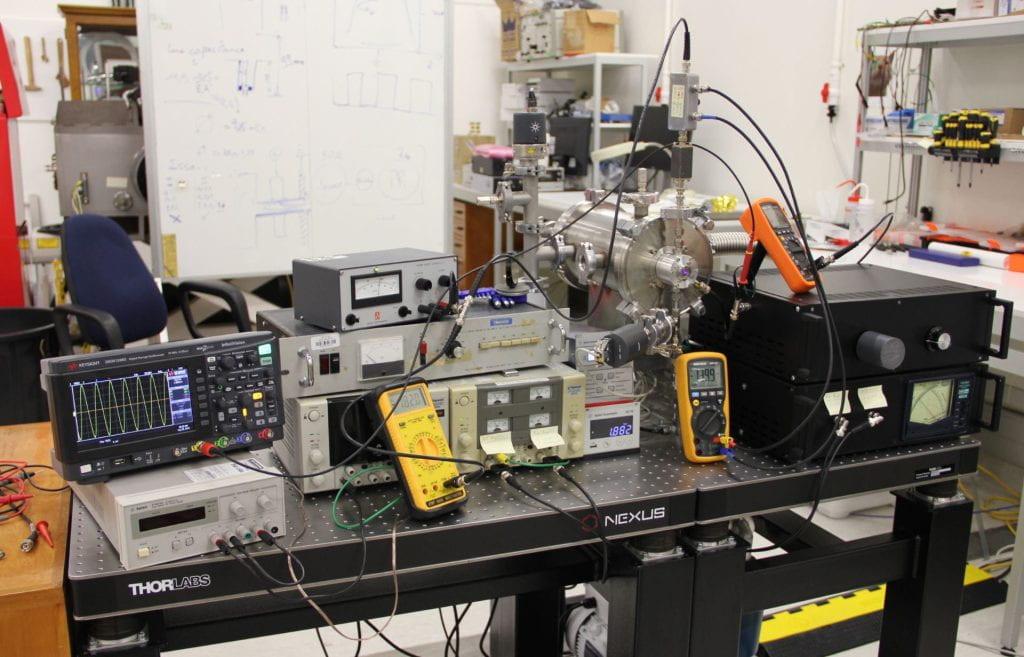
Magnetic Thrust Vectoring
Electric propulsion systems offer a multitude of benefits for satellite and space probe mission designers. One benefit is a decreased reliance on mechanical components that are prone to failure or reduced functionality over the course of the mission life. We are interested in investigating how a charged electric thruster exhaust can be deflected by a magnetic nozzle, to enable a new method of attitude control on orbit.